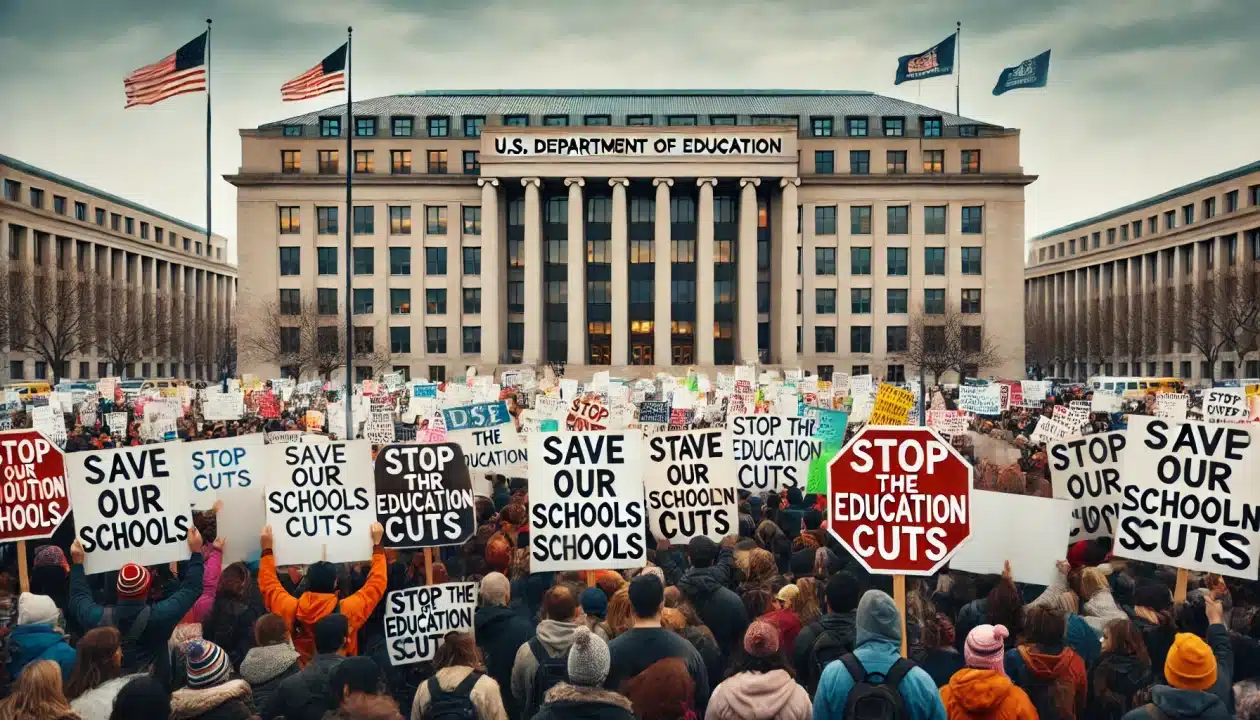Trump to Sign Executive Order to Eliminate Department of Education

President Donald Trump is set to sign an executive order on Thursday directing the shutdown of the U.S. Department of Education, a move that aligns with his longstanding campaign pledge. The decision will not immediately impact federal student loan payments or key funding programs for students, according to the administration.
The executive order will direct Education Secretary Linda McMahon to create a transition plan that transfers federal education funding to state and local governments, with an emphasis on making funds more directly accessible to students.
What This Means for Student Loan Borrowers
- The federal student loan system remains operational, but its future oversight may change.
- Income-driven repayment plans have been modified, leading to higher monthly payments for many borrowers.
- The Office for Civil Rights and key education research divisions are facing major workforce reductions.
The Bigger Picture: Student Debt & Federal Oversight
The U.S. Department of Education manages approximately $1.6 trillion in federal student loan debt, affecting 43 million Americans. Trump has argued that the agency is inefficient and politicized, advocating for its dissolution to give states more control over education funding and policy.
While Congress must approve full elimination of the agency, Trump’s order is expected to dismantle significant portions of its operations by cutting staff and shifting loan management responsibilities to other federal agencies.
How Borrowers Are Affected
Many borrowers have already felt the impact of recent policy changes:
- Monthly payments have surged, with some borrowers now paying between $500 and $5,000 per month.
- Loan forgiveness programs are being scaled back, leaving many in long-term debt without relief options.
- Customer service for loan assistance has significantly declined due to workforce cuts.
Expert Reactions
Financial literacy instructor Alex Beene warns:
“Student loan borrowers are facing the worst-case scenario. Repayment plans are shrinking, forgiveness options are vanishing, and customer service support is crumbling.”
Finance expert Michael Ryan highlights another concern:
“Many payments don’t even cover interest, creating a cycle where loan balances continue to grow. If forgiveness timelines are eliminated, borrowers could face perpetual debt.”
What Happens Next?
The Trump administration has already begun downsizing the Department of Education, cutting its workforce by half and eliminating several oversight programs. Further restructuring and layoffs are expected as the order takes effect.
For student loan borrowers, these changes could bring long-term uncertainty, with repayment plans evolving and federal oversight shifting.

